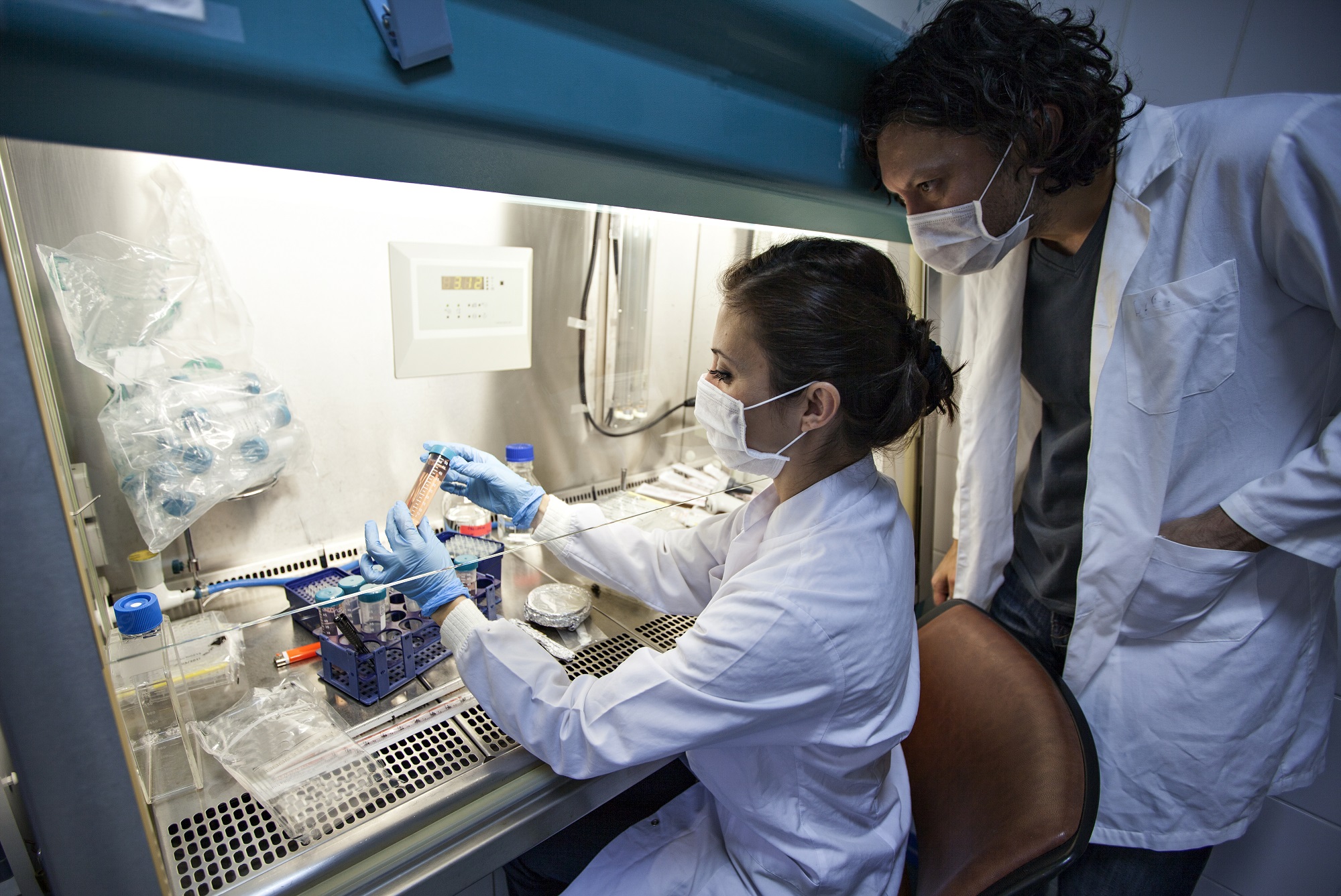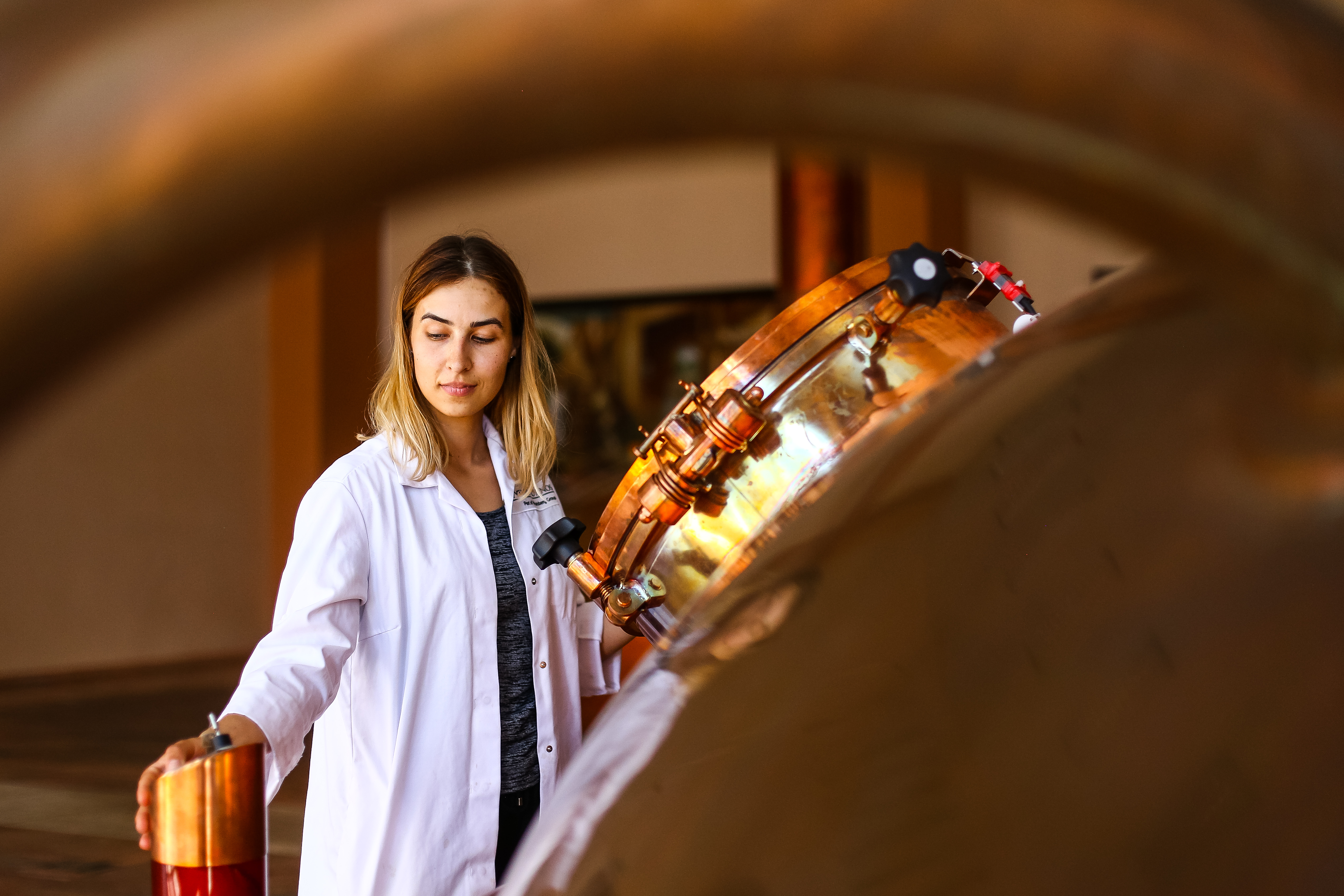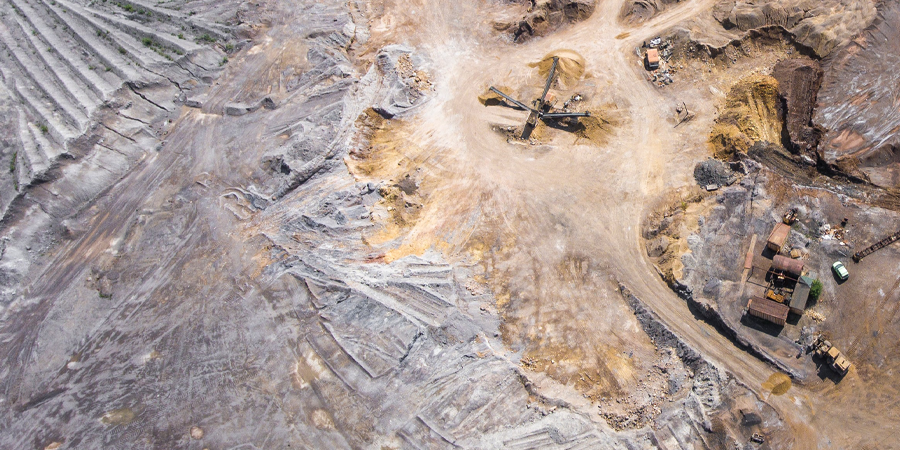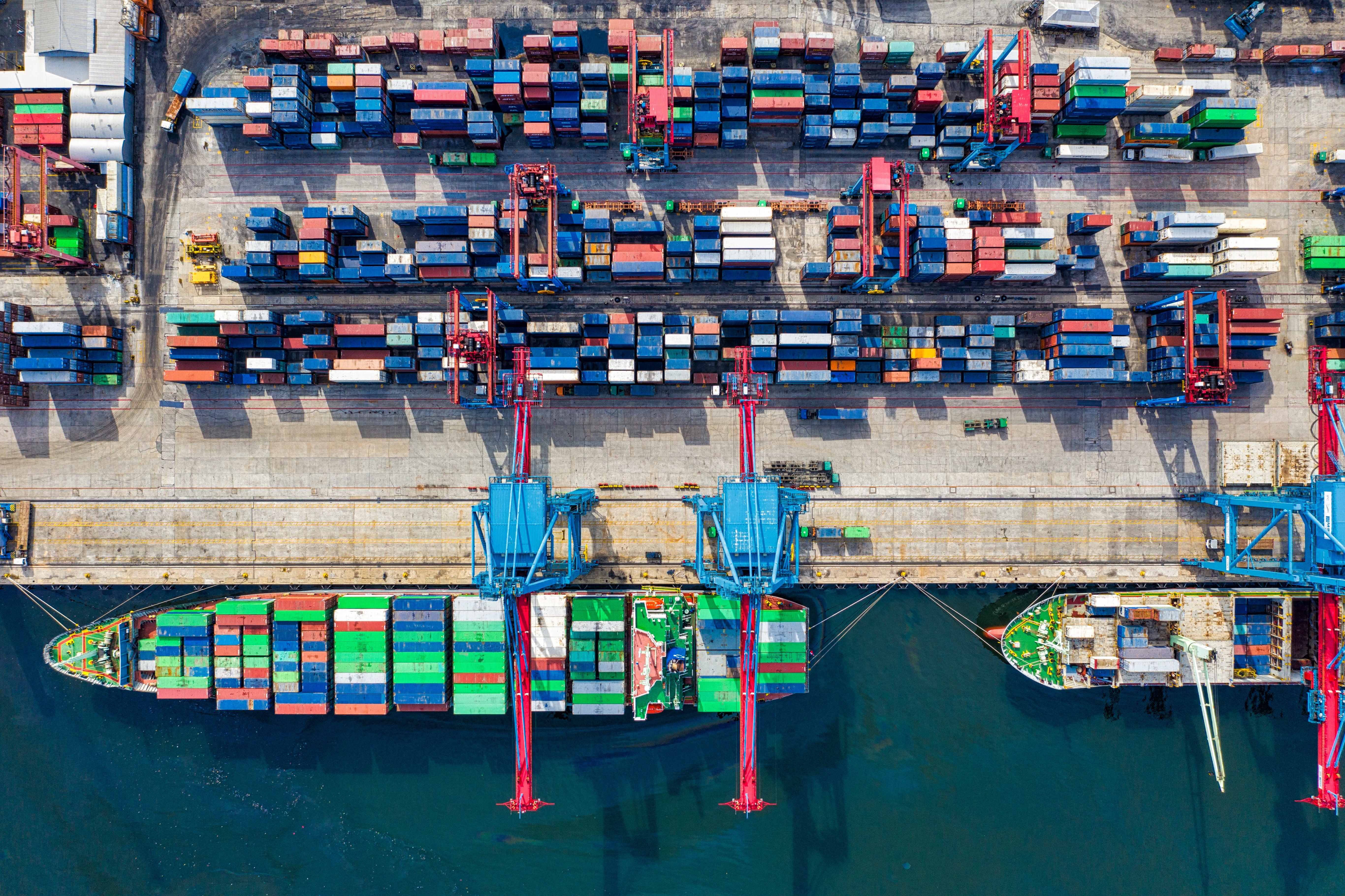Client

Expertise
Footprinting
Impact
Putting carbon reduction efforts across diamond mining in motion.

Challenge
How can a diamond producer support its value chain to decarbonise?
"A diamond is forever." The allure of diamond jewellery paints an image of lasting luxury. Through its Building Forever sustainability framework, De Beers Group is committed to creating a positive lasting impact and a better future for people and the planet.
But to achieve this, De Beers cannot do it alone. Instead, the diamond industry will need a systemic shift from carbon-intensive processes. As a luxury diamond brand that starts at the source, De Beers is in a unique position to signal this need for industry change by addressing emissions—from exploration to retail—across its pipeline.
As part of its ambition to be carbon neutral by 2030, De Beers is focused on reducing carbon-intensive products and services across its diamond value chain. To turn this ambition into action, the Group wanted to understand the full impact of Scope 3 emissions on its total footprint.
Scope 3 emissions
Indirect emissions (which do not fall under Scope 2 emissions) that can be found across an organisation’s value chain. It covers the emissions generated by suppliers, distributors and consumers, e.g., through the purchase of services and goods, business travel and waste in operations. It also encompasses activities like leased assets, transport and distribution, the use and disposal of sold products and the impact of any investments.
The Greenhouse Gas Protocol’s Scope 3 Standard has identified 15 categories across upstream and downstream activities.
Solution
Transforming a diamond’s journey to decarbonisation
It was important to help De Beers unpack the impact of its Scope 3 emissions on its wider footprint. Together, we calculated the emissions released across De Beers’ value chain–from exploration to jewellery houses–and laid out a decarbonisation pathway that could help transform the way the diamond value chain operates. As part of this, we:
Calculating emissions was one thing; taking action was another. To give De Beers the tools to kickstart its Scope 3 decarbonisation strategy, we:
- Determined suppliers’ working practices and responsible sourcing as key focus areas for decarbonisation.
- Supported employee engagement, so De Beers could integrate its Scope 3 strategy throughout the business and establish an internal culture of climate action.
- Helped De Beers integrate carbon reporting to its Best Practice Principles Assurance Programme, which sets mandatory standards on business, social and environmental practices for both De Beers Group and its rough diamond customers (known as Sightholders).
Impact
Collaborating with the diamond value chain to drive systemic change
De Beers now has the tools and plan in place to move towards producing carbon-neutral diamonds. By integrating Scope 3 emissions reductions in its wider strategy, De Beers is able to:







